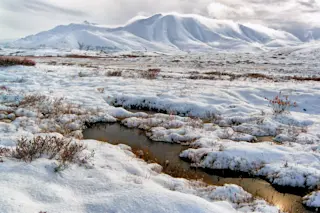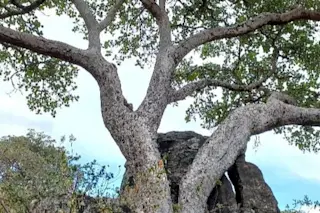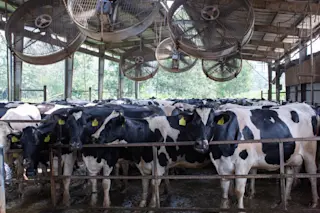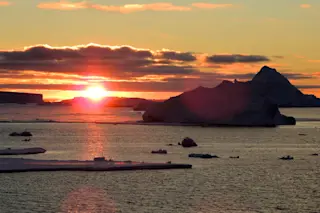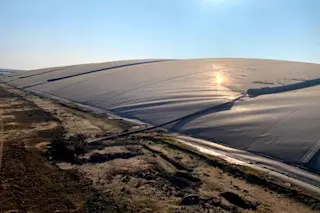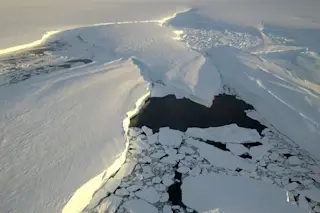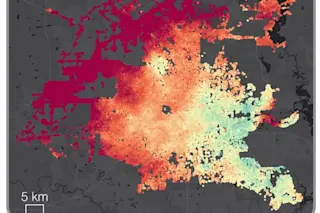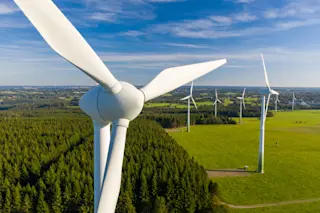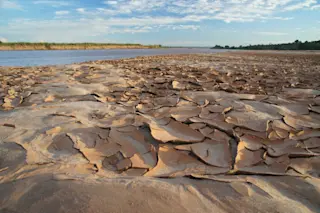Climate change has already begun to instigate environment-altering effects around the world, and the latest evidence is cropping up in arctic regions that are emitting increasing amounts of carbon dioxide. Researchers in a new study published in Nature Climate Change, have measured the flow of carbon in the Arctic-boreal zone (ABZ) — consisting of the treeless tundra, boreal forests, and wetlands in northern latitudes — and found that a shifting dynamic is underway.
These environments were once mostly carbon dioxide sinks, meaning they absorbed more atmospheric CO2 than they released. The majority of the ABZ still acts as a sink, but now, some spots have started to become significant carbon sources.
In the new study, an international research team led by the Woodwell Climate Research Center assessed a collection of carbon flux data spanning from 1990 to 2020, taken from 200 sites in the ABZ. They found that 34 percent ...



